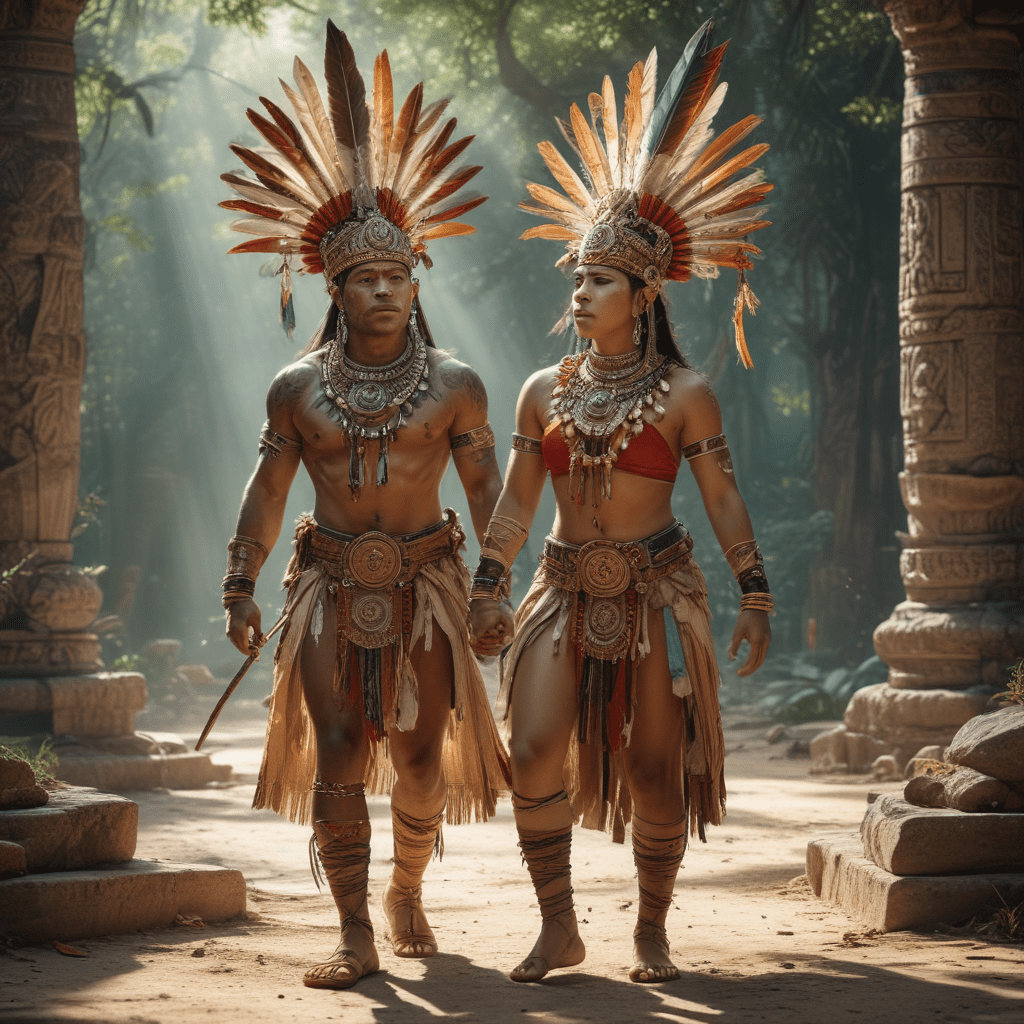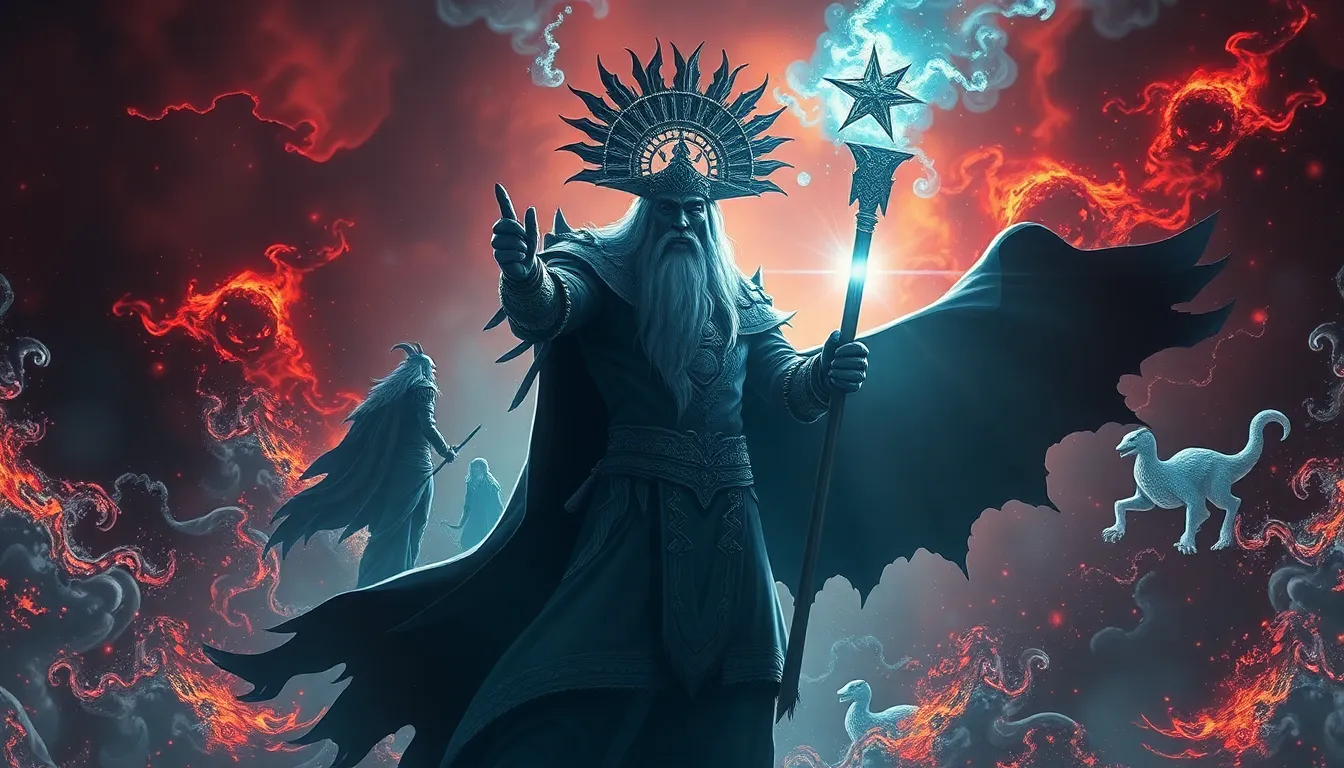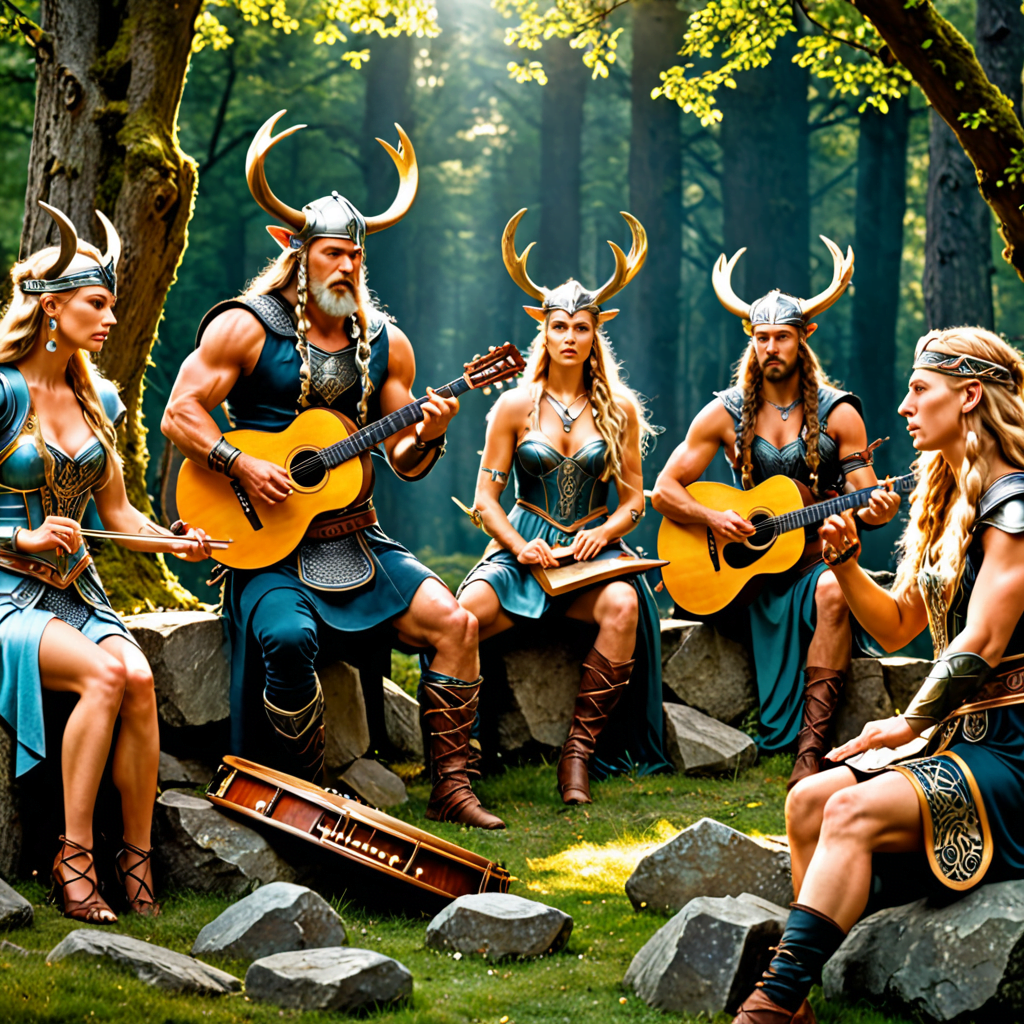Mayan Mythological Rituals: Ceremonies of Transformation
The Maya and Their Cosmology
The Maya were a Mesoamerican civilization that flourished in present-day Mexico, Belize, Guatemala, and western Honduras from approximately 2000 BCE to 900 CE. They were known for their sophisticated writing system, mathematics, astronomy, and art. The Maya also had a complex and fascinating cosmology, which influenced all aspects of their lives, including their religious beliefs and rituals.
The Maya believed that the universe was made up of three realms: the heavens, the earth, and the underworld. The heavens were the home of the gods, while the underworld was the realm of the dead. The earth was the place where humans lived, and it was believed to be a reflection of the heavens.
The Maya also believed in the concept of cyclical time. They believed that the universe went through cycles of creation, destruction, and rebirth. This belief was reflected in their rituals, which were often designed to ensure the continuation of the cycle.
The Importance of Ritual in Mayan Culture
Rituals were an essential part of Mayan culture. They were used to communicate with the gods, to ensure the well-being of the community, and to mark important life events. Rituals were also used to transform individuals and society.
The Transformation of the Maya: Birth, Death, and Rebirth
The Maya believed that individuals and society went through a process of transformation throughout their lives. This transformation was often marked by rituals. For example, a child's first haircut was seen as a sign of their transition from childhood to adulthood. Death was also seen as a transformation, as the deceased were believed to journey to the underworld.
The Maya also believed that society went through cycles of transformation. These cycles were often marked by major events, such as the rise and fall of dynasties or the destruction and rebuilding of cities.
The Power of Blood Sacrifice in Mayan Rituals
Blood sacrifice was an important part of Mayan rituals. The Maya believed that blood was a powerful offering to the gods, and that it could be used to appease them or to gain their favor. Blood sacrifices were often made during times of crisis, such as drought or famine.
The Maya practiced different types of blood sacrifice. One common type was self-sacrifice, in which individuals would pierce their own bodies with sharp objects, such as stingray spines or obsidian blades. Another type of blood sacrifice was sacrifice of animals, such as turkeys, dogs, and deer. Human sacrifice was also practiced, although it was relatively rare.
The Role of Shamans in Mayan Rituals
Shamans were religious specialists who played an important role in Mayan rituals. Shamans were believed to have the ability to communicate with the gods and to control the forces of nature. They were often consulted for advice on important matters, such as war and agriculture.
Shamans used a variety of techniques to enter into trances and to communicate with the gods. These techniques included fasting, meditation, and the use of hallucinogenic drugs. Shamans also played an important role in healing the sick and performing other rituals.
The Sacred Calendar and the Timing of Rituals
The Maya used a complex calendar system to track time and to schedule rituals. The calendar was based on the movements of the sun, moon, and stars. The Maya believed that certain days were more auspicious for rituals than others. For example, the new moon was considered a good time to perform rituals related to agriculture, while the full moon was considered a good time to perform rituals related to fertility.
The Archaeological Evidence of Mayan Rituals
Archaeological evidence provides us with a wealth of information about Mayan rituals. Archaeologists have excavated temple complexes, ball courts, and other ritual sites. They have also found artifacts, such as pottery, incense burners, and jade carvings, that were used in rituals.
The Legacy of Mayan Rituals
The Maya left behind a rich legacy of rituals that continue to be practiced today. Many indigenous communities in Central America still perform rituals that are based on Mayan beliefs and practices. These rituals help to maintain a connection to the past and to ensure the well-being of the community.
The Theories Surrounding Mayan Rituals
There are many theories about the meaning and purpose of Mayan rituals. Some scholars believe that the rituals were primarily religious in nature, while others believe that they were also used for political and social purposes. There is no doubt that the Maya believed that rituals were essential for maintaining order and balance in the universe.
Frequently Asked Questions (FAQs)
What is the most important Mayan ritual?
The most important Mayan ritual was the K'atun ceremony, which was held every 20 years. The K'atun ceremony was a time for renewal and regeneration, and it was believed to be necessary for the continued survival of the Maya people.
Why did the Maya practice blood sacrifice?
The Maya believed that blood sacrifice was necessary to appease the gods and to ensure the continued prosperity of their society. Blood sacrifice was also seen as a way to communicate with the gods and to gain their favor.
What role did shamans play in Mayan rituals?
Shamans were religious specialists who played an important role in Mayan rituals. Shamans were believed to have the ability to communicate with the gods and to control the forces of nature. They were often consulted for advice on important matters, such as war and agriculture.
What is the legacy of Mayan rituals?
The Maya left behind a rich legacy of rituals that continue to be practiced today. Many indigenous communities in Central America still perform rituals that are based on Mayan beliefs and practices. These rituals help to maintain a connection to the past and to ensure the well-being of the community.




